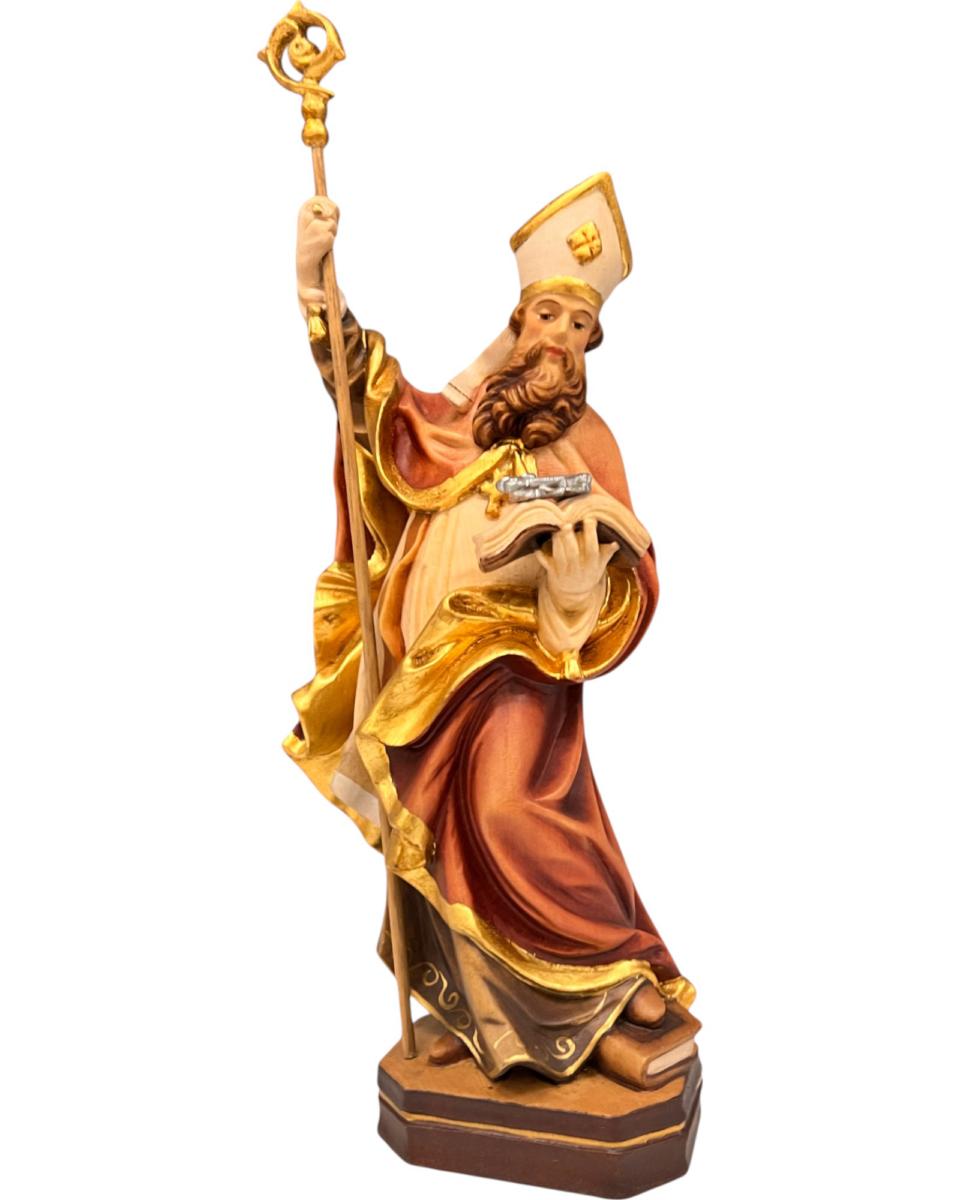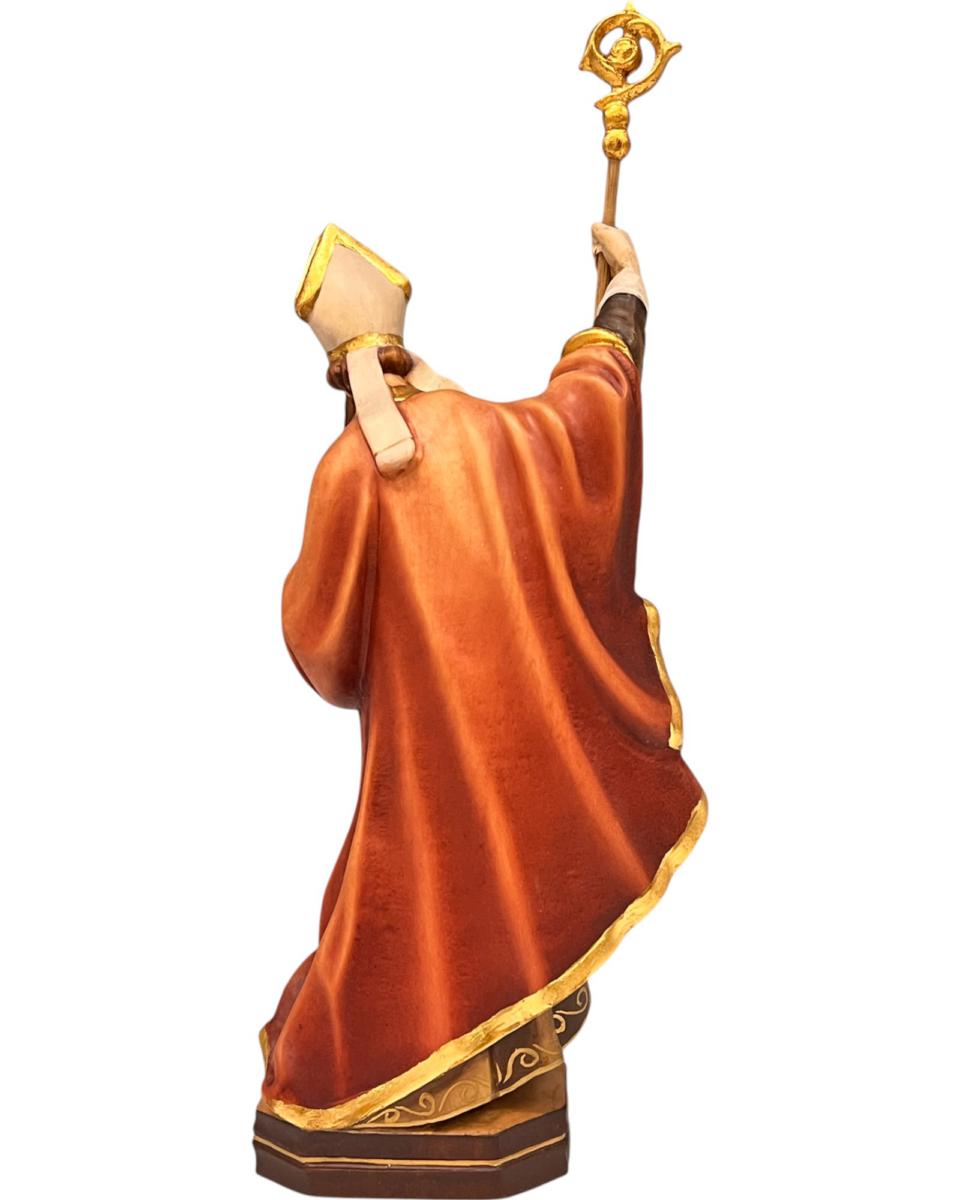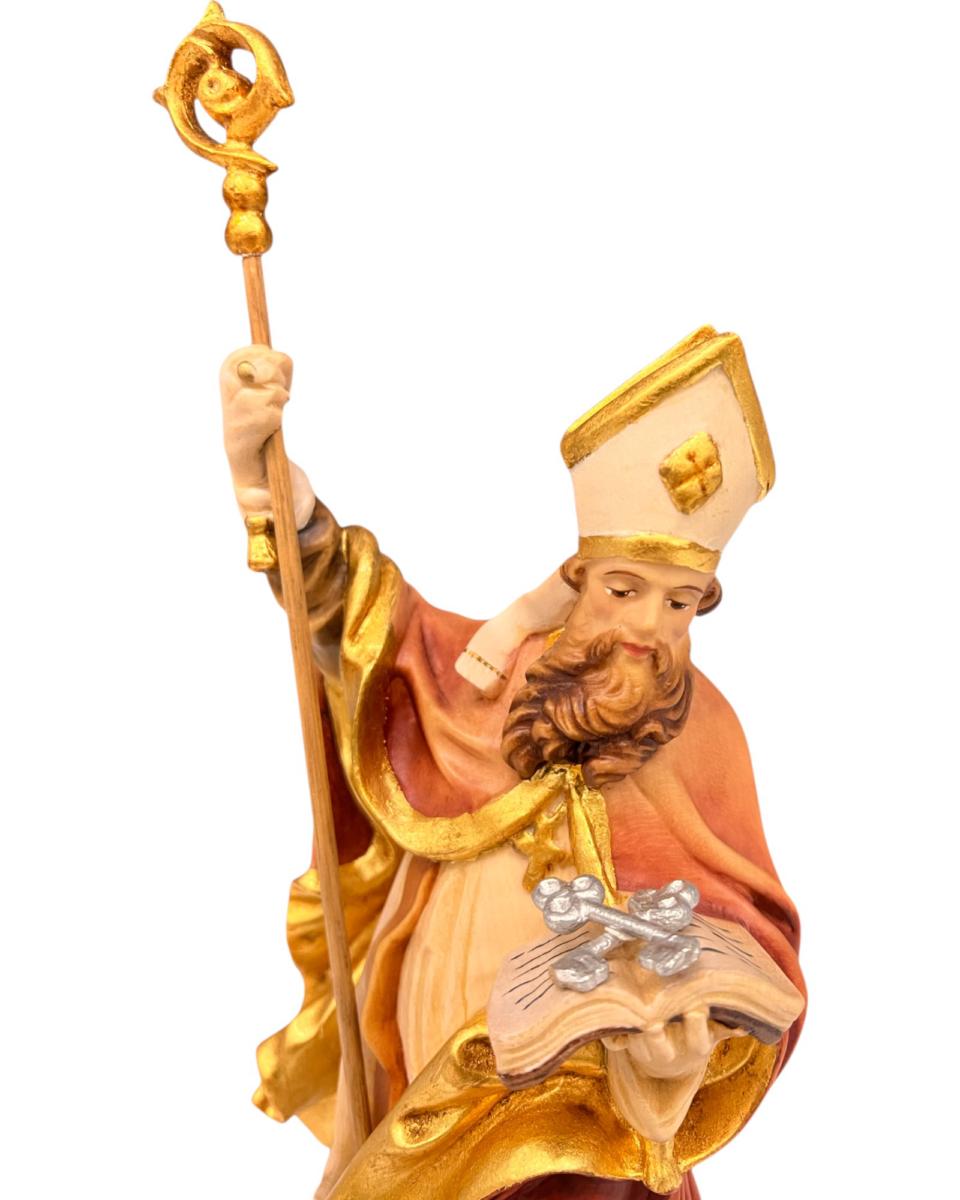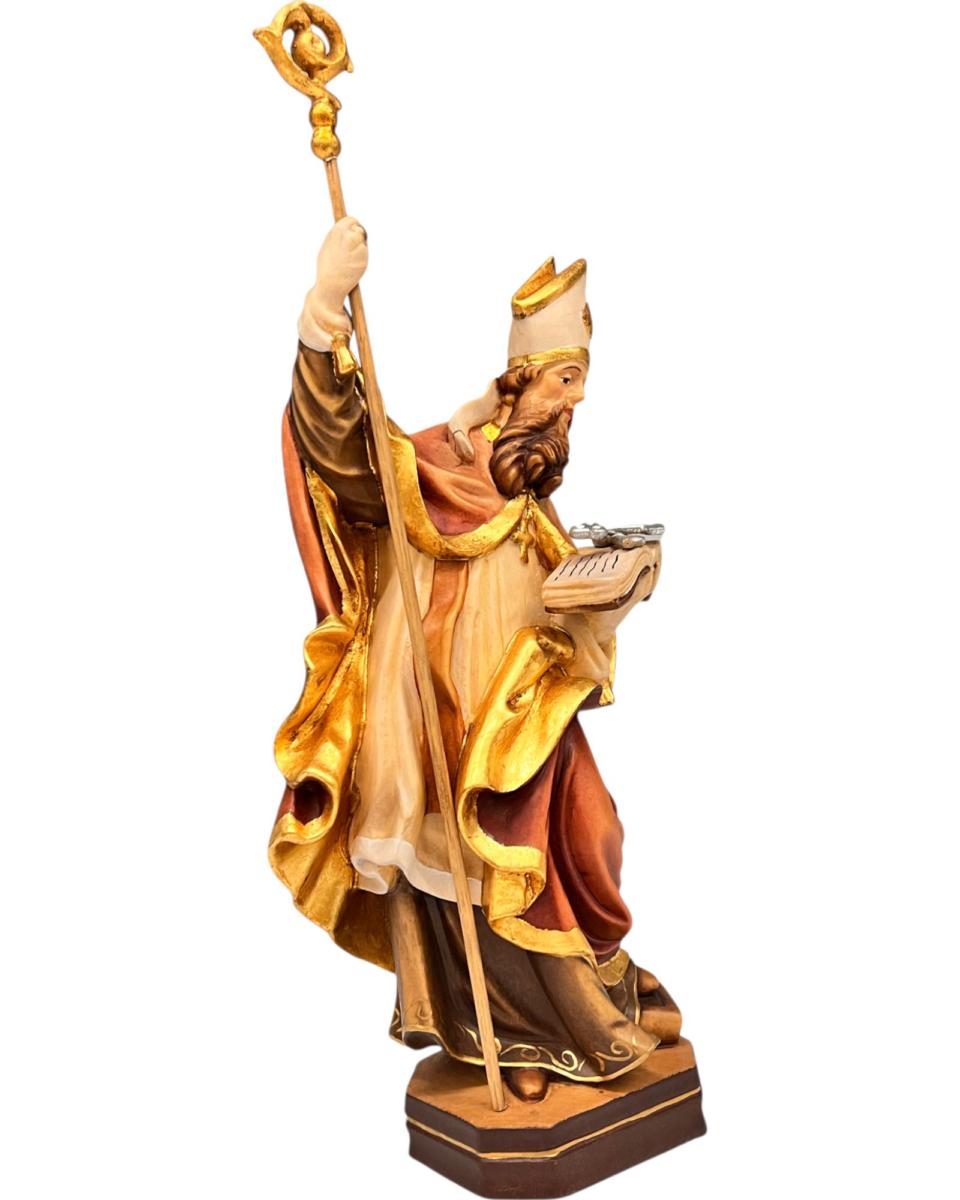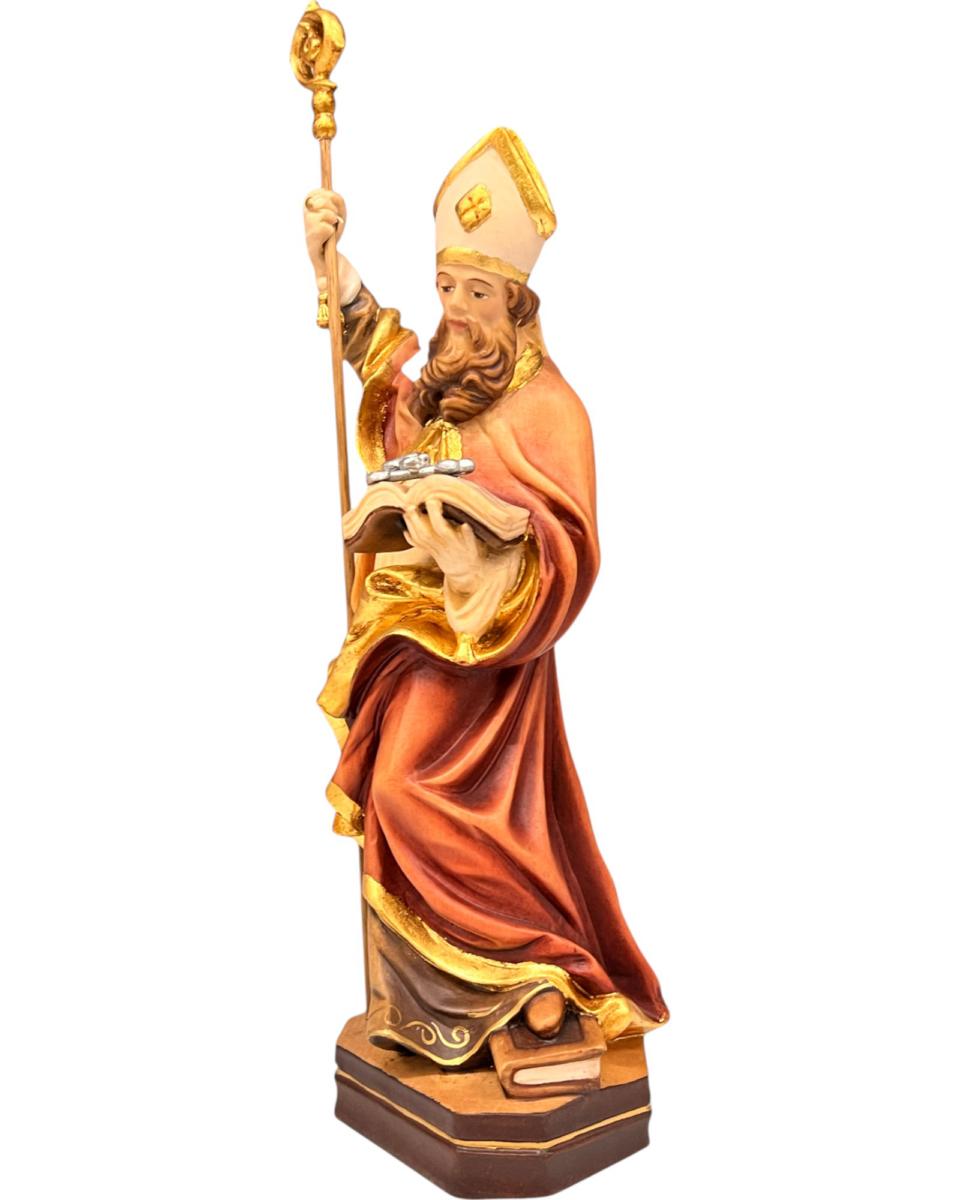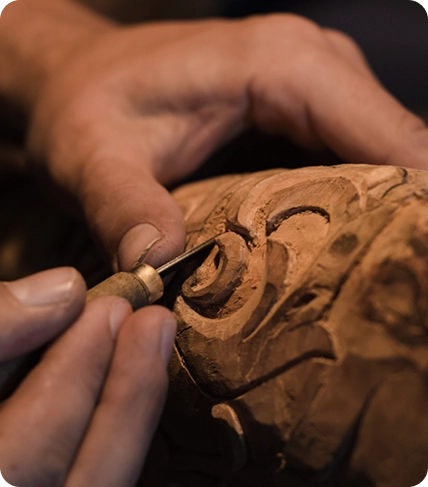Discover the history and interesting facts about Saint Germain of Paris, the saint venerated for his generosity and commitment to the poor. In this article, we will explore his life, the celebration on 28 May, and the places of worship dedicated to him, such as the Abbey of Saint-Germain-des-Prés.
Who was Saint Germain of Paris?
Saint Germain of Paris is a central figure of the 6th century, admired for his philanthropic spirit and courage in defending the weak. Legend has it that, despite the difficult circumstances of his birth – a story of adverse fate that saw him survive attempts at abortion and poisoning – the saint became an exemplary bishop, capable of giving love and hope to those most in need. These events make him even more fascinating for those seeking history and spirituality in a context of faith.
Celebration on 28 May: The Feast of Saint Germanus
28 May marks the day on which the martyrdom and life of Saint Germanus of Paris are commemorated. This date is particularly important in Catholic communities, especially in France and in the city of Paris, where religious events and cultural celebrations honour the saint. Those interested in learning more about the traditions and festivals dedicated to Saint Germanus will find numerous initiatives honouring his memory, making 28 May an unmissable event for devotees and historians of the faith.
Places of Worship and Cultural Impact
Paris, with its famous Saint-Germain-des-Prés district, is one of the main centres of veneration for Saint Germain of Paris. The Abbey of Saint-Germain-des-Prés not only preserves the memory of the saint, but also represents a symbol of the city's rich cultural and historical heritage. Devotion to Saint Germanus has also spread to Italy and Spain, where communities organise events and meetings to deepen their knowledge of this important figure in religious history.
Curiosities and Legends about Saint Germanus
• Incredible Origins: Numerous legends tell of how Germanus' mother tried, by desperate means, to eliminate her son, who was destined to become a great man of faith.
• Protector of the Poor: Saint Germanus was famous for his tireless generosity, even going so far as to give his own clothes to the less fortunate, earning him the title of ‘Father of the Poor’.
• Healer and Advisor: His reputation as a healer is evidenced by episodes in which even kings, such as Childebert I, found comfort and salvation through his blessing.
• Cultural Legacy: The Saint-Germain-des-Prés district in Paris bears witness to the indissoluble link between the saint and Parisian culture, making his name synonymous with art, history and tradition.
Conclusions
Saint Germanus of Paris represents a beacon of faith, charity and dedication, whose memory continues to inspire generations.






